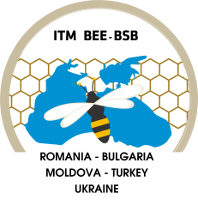Ectoparasitic disease of the young
The pathogen – the parasitic mite VARROA JACOBSONI
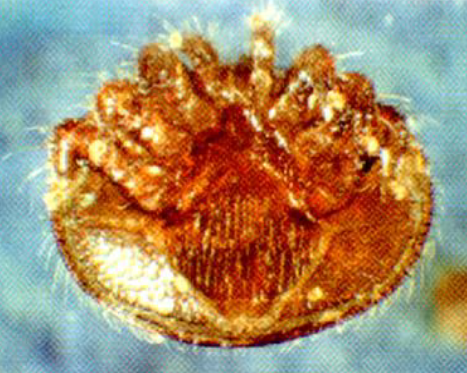
The female mite, brown to dark brown, has 8 legs, oval body, flattened with a diameter of 1.3-1.6 mm.
Shortly before hatching, the mite enters the brood cell, towards the bottom of the cell, between the cell wall and the larva. The surface of the mite attacked by the mite is motley and many of the lids are clogged.
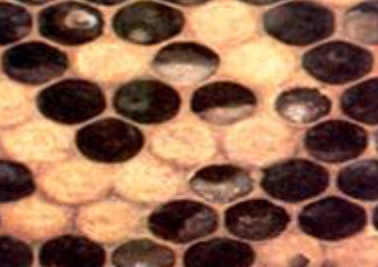
After capping the cell, consuming the milk and the blood of the young, reproduction begins. From the first egg appears a male, from the others, females (6-7 days; after 60 hours the first egg is laid, the next at 30 hours). The drone brood, having the longest dormancy period, offers training conditions for 4-5 females of varroa (worker brood only for 3 females).
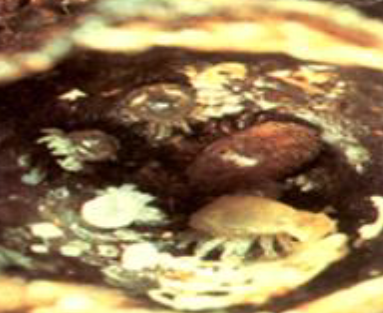
The mite, with its offspring, light-colored in open cells.
Only adult and fertilized females are able to survive outside the brood cells. Adult bees are a means of transport, the parasitization itself, taking place in the brood, where the mite reproduces.
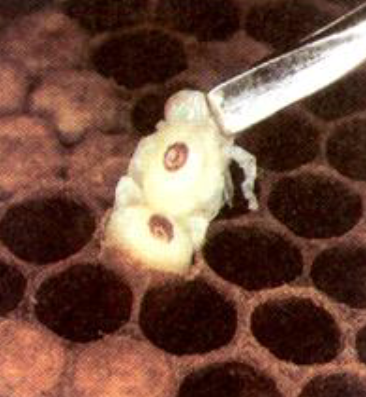
Bee infested with varroa mites, taken out of the cell with tweezers.
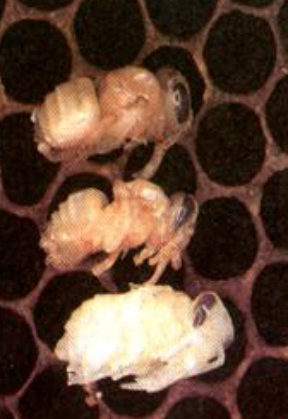
The fewer broods there are in a colony, the longer the mite will stay on the bees. The nymphs in the cells parasitized by many mites, have many malformations.
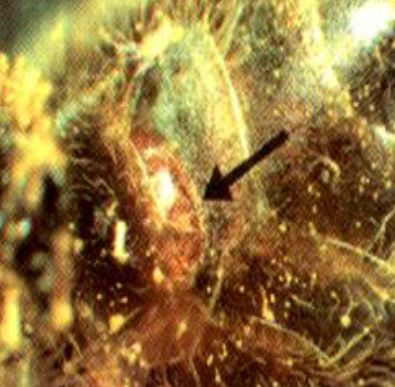
On the adult bee, the mites are fixed near the ceriferous glands, between the abdominal segments, there, the bees manage, very rarely, to reach, to remove them.
The mite (see arrow) was inserted between the abdominal segments to consume hemolymph; in this safe place, it can be difficult to see and can be removed from the bee, very rarely.
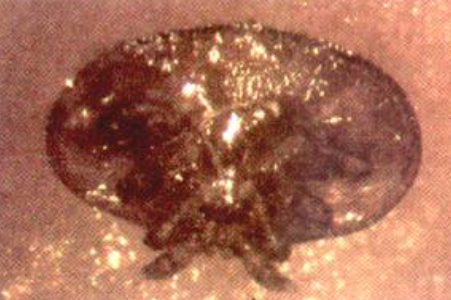
If the larva is removed from the cell, the Varroa mite becomes visible, swimming in royal jelly.
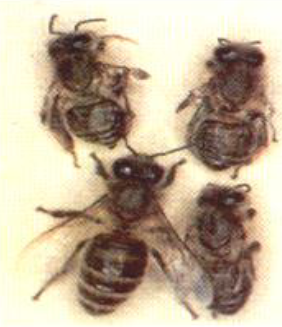
In addition to healthy bees (bottom left), malformed bees appear in infested families. The malformations are very clear: the bees hatched from cells parasitized by many Varroa mites.
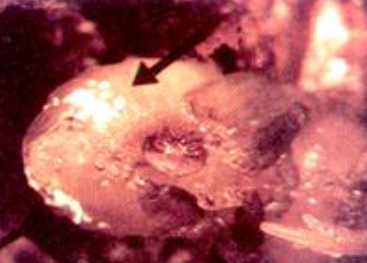
White traces of varroa feces (at the arrow) can be seen in the cells or on the brood.
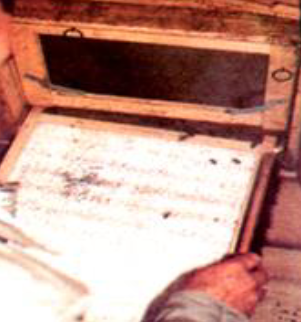
During the whole year, the mites die, naturally, most of them are lost with the bees that do not return to the colony, and those that die in the colony, fall on the bottom of the hive. Hive waste research is the simplest and most widespread method (many beekeepers use bedding for an examination that provides important information about the state of the colony at the end of winter).
Information obtained by consulting beekeepers from the Black Sea Basin Beekeepers Network as well as the paper Good practice guide for mountain beekeepers – Ministry of Agriculture and Rural Development / National Agency for Mountain Areas.

